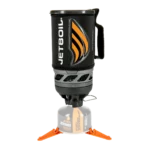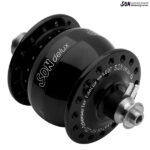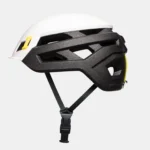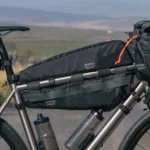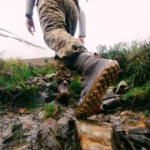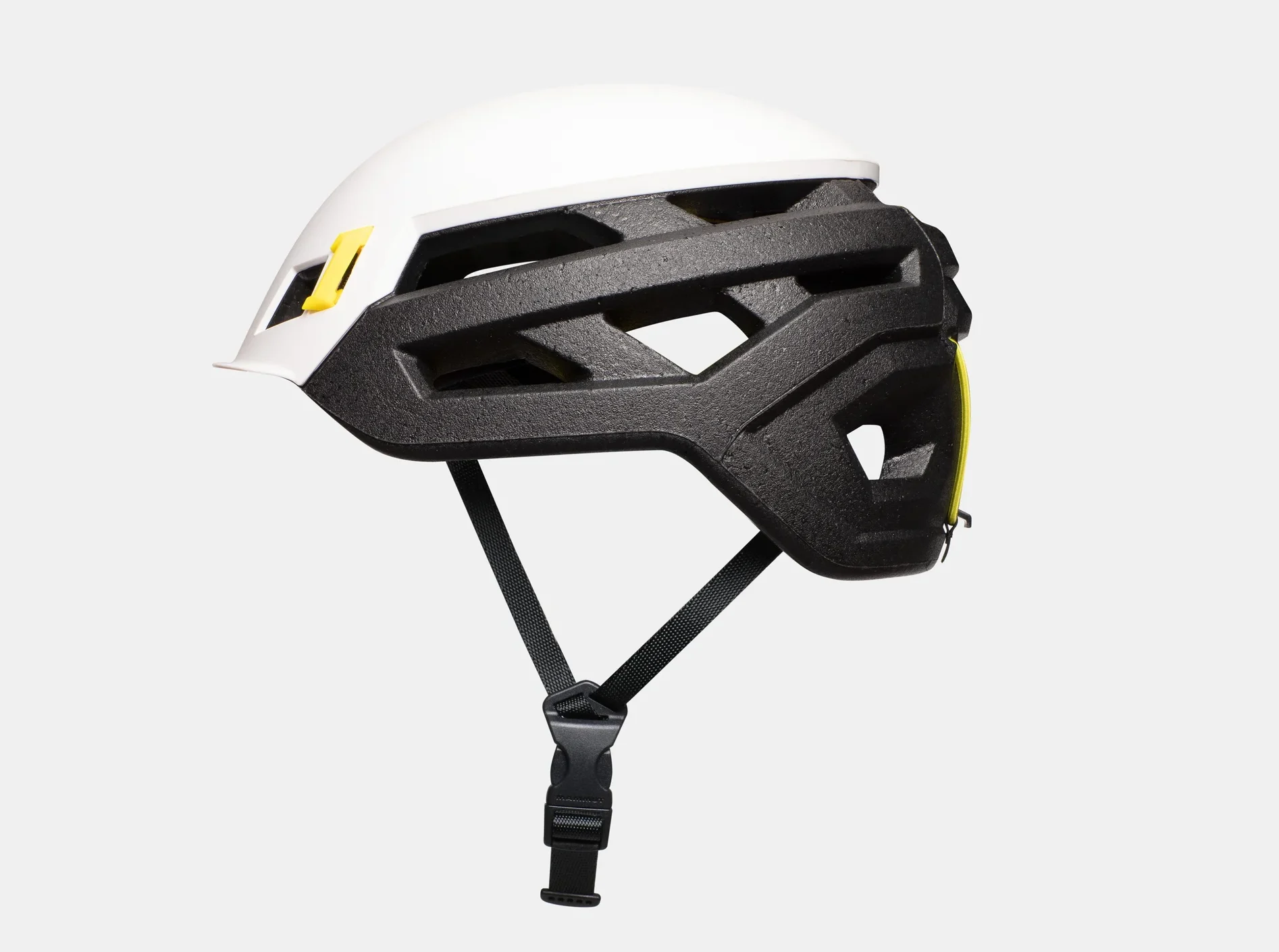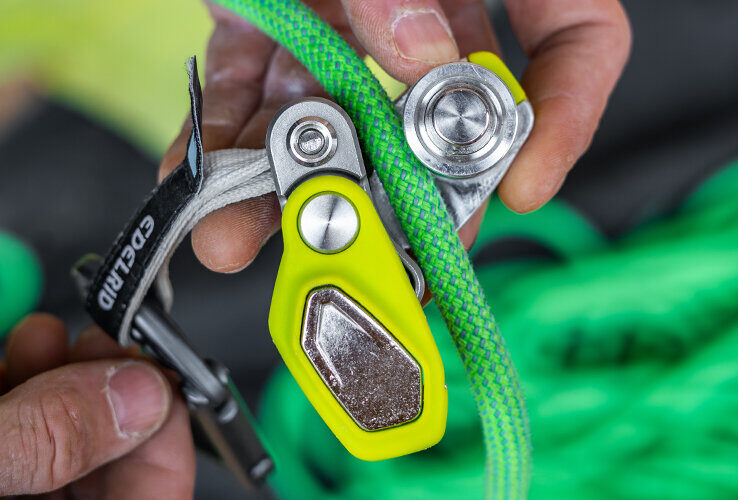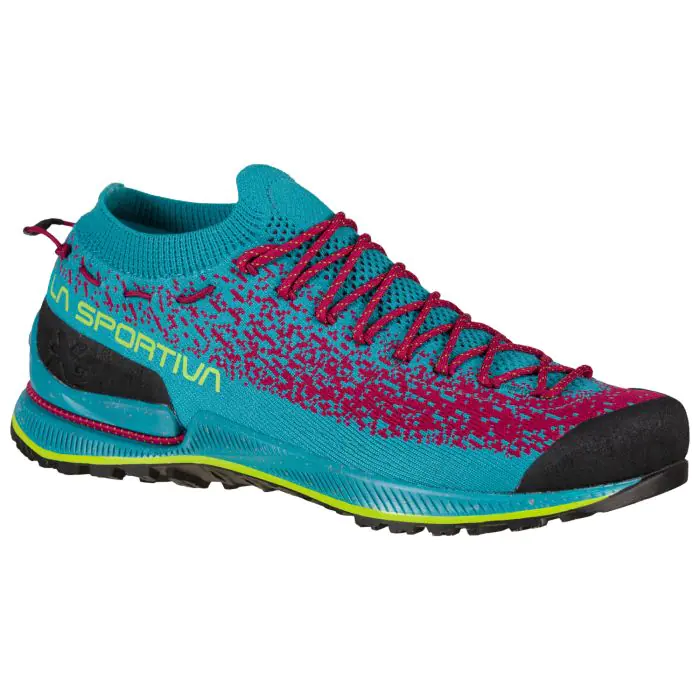
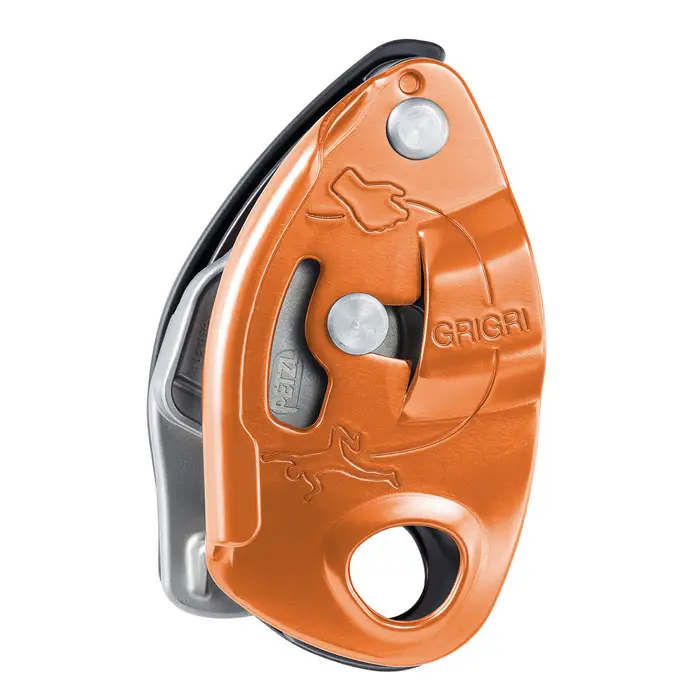
A head-to-head review of two of the most advanced assisted-braking belay devices on the market
Overview
In the world of assisted-braking belay devices, few names carry as much clout as Petzl’s GriGri. For decades, it’s been the industry standard—trustworthy, versatile, and proven at the gym, the crag, and on big walls. Enter the Edelrid Pinch, a newcomer with a bold redesign, offering features that challenge the status quo.
This review takes a detailed look at how the Edelrid Pinch stacks up against the Petzl GriGri, comparing performance, handling, safety, and suitability for different climbing disciplines. Whether you’re a beginner exploring your first auto-locking device or a seasoned climber seeking an upgrade, this breakdown will help you choose the right tool for your rope.
Device Specifications
| Feature | Edelrid Pinch | Petzl GriGri |
|---|---|---|
| Braking Mechanism | Assisted-braking with pivoting cam + direct loop mount | Cam-assisted braking |
| Rope Compatibility | 8.5–11.0 mm | 8.5–11.0 mm |
| Device Weight | 120 g (approx) | 175 g (GriGri+) |
| Attachment System | Direct to belay loop (no carabiner needed) | Requires carabiner |
| Anti-Panic Function | Yes (can be deactivated) | Yes (GriGri+ only) |
| Left/Right-Handed Use | Ambidextrous | Right-hand optimized |
| Price (RRP) | £100 / $120 | £95–£140 (model dependent) |
Design & Build Quality
Edelrid Pinch: With its aluminium body and internal steel wear components, the Pinch feels premium in hand yet remains surprisingly light. Its standout design feature is the direct-to-belay-loop attachment, eliminating the need for a separate carabiner. This offers a tighter center of gravity and less device shift during lead belays. The pivoting lever and thumb paddle are intuitive, and the rotating cam mechanism engages smoothly under load.
Petzl GriGri: Petzl’s classic design has seen several iterations—from the original to the GriGri+, each offering incremental improvements in braking smoothness, safety, and rope compatibility. The external housing is compact but heavier than the Pinch, and the ergonomic lowering lever is well-shaped for precise control. The GriGri remains rugged and reliable after thousands of lowering cycles.
Handling & Belaying Experience
Feeding Slack
- Edelrid Pinch excels when paying out slack for a lead climber. The device remains fixed due to its direct loop anchor, resulting in less tilting and fewer rope snags.
- Petzl GriGri has a slight learning curve when feeding slack quickly. While experienced users can fluidly overcome this using the “cam override” thumb technique, beginners often struggle with rope friction slowing down feed rate.
Lowering Control
- Both devices offer excellent lowering capability, but the Pinch’s linear rope path gives it a smoother feel, especially when handling dirty or thick ropes.
- The GriGri’s cam can be trickier to modulate on lighter climbers but feels consistent on heavier loads. The anti-panic function in the GriGri+ adds a layer of safety for instructional use.
Abseiling & Rappelling
- The Pinch is more natural for rappelling thanks to its rope orientation and smoother cam engagement, making it a more versatile choice for multi-pitch climbers who want one device for both belaying and descending.
- While the GriGri can be used for abseiling, it requires extra care and isn’t ideal for double ropes.
Safety Features
Edelrid Pinch
- The anti-panic function can be toggled off—a big win for experienced users who prefer complete control
- Direct harness mounting removes carabiner orientation errors
- Smooth braking engagement reduces shock-loading in surprise falls
Petzl GriGri
- The auto-blocking feature when belaying from above (reverso-style) is robust and reliable
- GriGri+ has a mechanical lockout for top-rope mode, improving safety for beginners and gym instructors
- Very well-tested and widely trusted, which makes it an educational standard
Use Cases
| Use Case | Edelrid Pinch | Petzl GriGri |
|---|---|---|
| Gym Top Rope | Excellent | Excellent (especially GriGri+) |
| Sport Lead Belay | Outstanding | Very Good |
| Multi-pitch | Versatile (rappel friendly) | Excellent (auto-block from anchor) |
| Alpine/Trad | Good, but heavier than ATC | Good if hauling |
| Instruction & Teaching | Moderate (with panic on) | Outstanding (panic lock, intuitive use) |
Pros and Cons
Edelrid Pinch Pros
- Direct-to-harness connection reduces play and device flipping
- Smooth rope handling for belaying and abseiling
- Lighter than the GriGri
- Ambidextrous-friendly design
- Anti-panic system can be disabled
Edelrid Pinch Cons
- Currently less common in shops and gyms
- Not yet as field-tested or trusted as the GriGri
- Slightly more complex to explain to beginners
Petzl GriGri Pros
- Decades of reliability and brand trust
- Versatile across rope diameters and scenarios
- Widely accepted in gyms, courses, and guiding services
- Auto-block mode ideal for multi-pitch scenarios
- GriGri+ offers panic-lock and mode selector
Petzl GriGri Cons
- Slack feeding can be clumsy for new users
- Slightly bulkier and heavier
- More expensive depending on version
Final Verdict
The Edelrid Pinch and the Petzl GriGri represent two of the best assisted-braking devices available in 2025. The Pinch feels like a modern, minimalist tool with superb handling and clean ergonomics, while the GriGri remains a rock-solid industry standard known for its proven reliability and versatility.
If you’re looking for a smooth, low-profile device with innovative features, the Edelrid Pinch is an exciting choice—especially for experienced climbers or those who value direct harness attachment. But if you want a time-tested, universally accepted belay device with strong safety credentials and multi-pitch functionality, the Petzl GriGri is still hard to beat.

